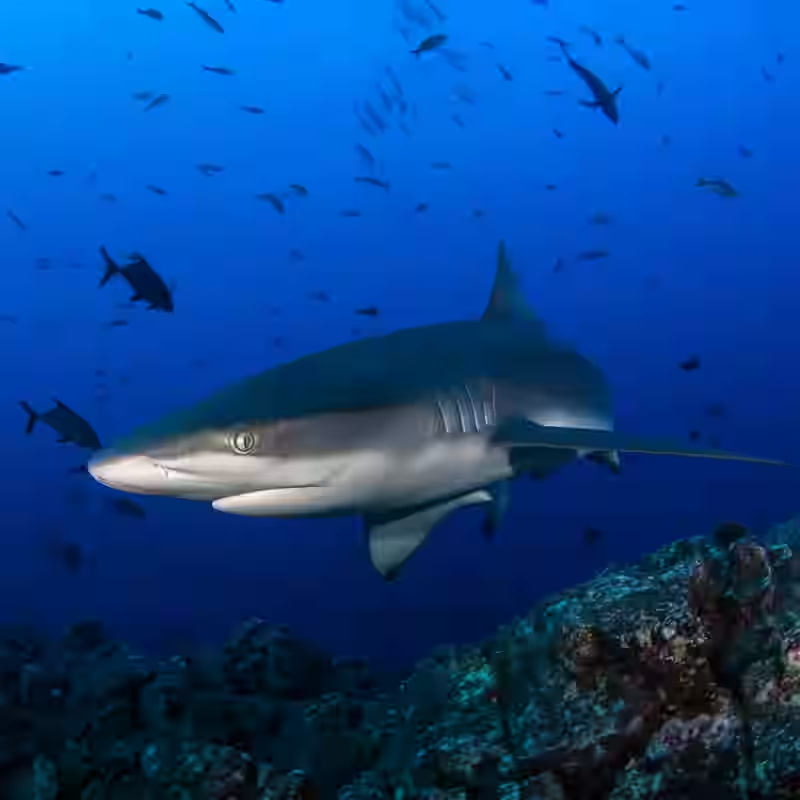‘My Whole Head Was Inside Her Mouth’
In a heart-stopping encounter off the coast of Costa Rica, Mexican marine biologist Dr. Mauricio Hoyos survived a shark attack so severe he described it as having his entire head engulfed by a nine-foot Galápagos shark. Miraculously, he escaped with his life—and a powerful message about shark behavior.
The Attack: A Conservation Mission Turns Deadly
On Saturday, October 1, 2025, Dr. Hoyos was conducting routine shark-tagging research near Cocos Island, a UNESCO World Heritage site known for its rich marine biodiversity. At a depth of 123 feet, he successfully tagged a Galápagos shark—a species not typically considered aggressive toward humans.
But seconds later, the shark lunged.
“She turned sideways in my direction; it was really fast,” Hoyos recounted from his hospital bed. “My whole head was inside of her mouth in less than a second.”
What Happened Next
- The shark’s jaws clamped around his head, severing his scuba air hoses.
- Hoyos heard a “cracking” sound—but it was pressure, not bone.
- The shark released him almost immediately upon contact with his skull.
- He surfaced alone, blood mixing with seawater in his mask, and was rescued by his team.
Shark Species Involved: Galápagos Shark Profile
| Attribute | Detail |
|---|---|
| Scientific Name | Carcharhinus galapagensis |
| Average Length | 8–10 feet |
| Typical Behavior | Curious but rarely aggressive; often follows divers |
| Unprovoked Attacks (Historical) | 0 confirmed cases before 2025 |
Why Experts Say This Wasn’t Predation
Marine biologists emphasize that the shark likely mistook Hoyos’ movements for prey or was startled by the tagging process. The fact that it released him instantly—without shaking or tearing—suggests a test bite, not a predatory strike.
Infographic: Anatomy of a Shark Encounter

Visual breakdown of the attack sequence and gear damage sustained by Dr. Hoyos during the incident.
A Lifelong Advocate for Sharks
Despite the trauma, Hoyos refuses to vilify the animal. “She could have killed me—but she didn’t,” he said. “This just shows how misunderstood sharks are.” He has spent over two decades tagging and tracking sharks to protect them from overfishing and finning.
Related Topics
Learn more about [INTERNAL_LINK:marine conservation], [INTERNAL_LINK:shark behavior], [INTERNAL_LINK:ocean safety], and [INTERNAL_LINK:Costa Rica biodiversity].




